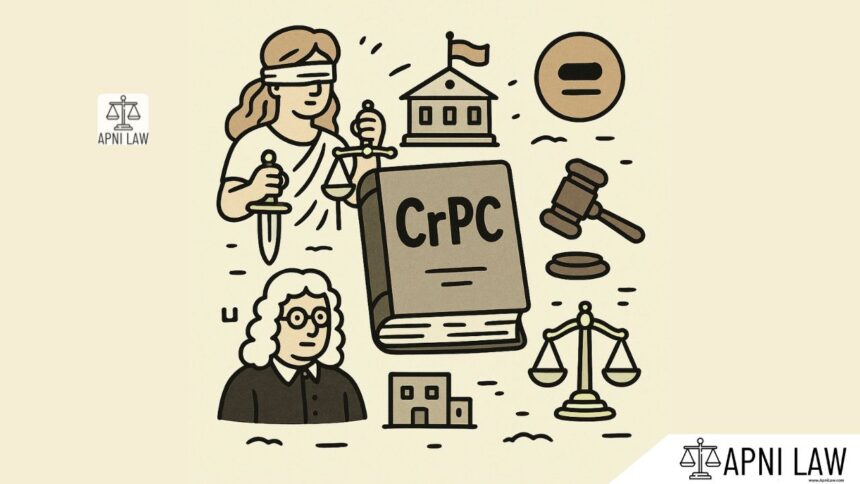Code:
When the public security is manifestly endangered by any such assembly and no Executive Magistrate can be communicated with, any commissioned or gazetted officer of the armed forces may disperse such assembly with the help of the armed forces under his command, and may arrest and confine any persons forming part of it, in order to disperse such assembly or that they may be punished according to law; but if, while he is acting under this section, it becomes practicable for him to communicate with an Executive Magistrate, he shall do so, and shall thenceforward obey the instructions of the Magistrate, as to whether he shall or shall not continue such action.
Explanation:
Section 131 CrPC empowers officers of the Armed Forces, when acting under the orders of the government, to disperse any unlawful assembly. This power is granted to maintain public order and prevent breaches of the peace.
The section outlines the circumstances under which such action is permitted:
- When the assembly is unlawful (e.g., causing or likely to cause a disturbance of the peace, obstructing public way, etc.)
- When the assembly refuses to disperse on the orders of a Magistrate or a Police Officer authorized to disperse unlawful assemblies.
An Armed Force officer, under these circumstances, can use all means necessary to disperse the assembly, including:
- Issuing warnings
- Using force, including lathi charges, tear gas, or even firearms in extreme cases.
However, the use of force must be proportionate to the threat posed by the assembly.
Illustration:
Imagine a large group of people protesting in a public square, blocking traffic and causing a disturbance. If the police are unable to control the situation and the assembly refuses to disperse after warnings, an Armed Force officer could be authorized to use force to disperse the assembly, ensuring public safety.
Common Questions and Answers:
Q: Can an Armed Force officer use force without any warning?
A: No. Section 131 requires that the officer first give warnings and try peaceful means to disperse the assembly before resorting to force.
Q: What is the extent of force that can be used?
A: The force used must be proportionate to the threat posed by the unlawful assembly. Excessive or disproportionate use of force is illegal.
Q: Can an Armed Force officer arrest people without a warrant under Section 131?
A: Yes, an officer can arrest without a warrant individuals who are actively participating in an unlawful assembly and are causing a disturbance of the peace.








